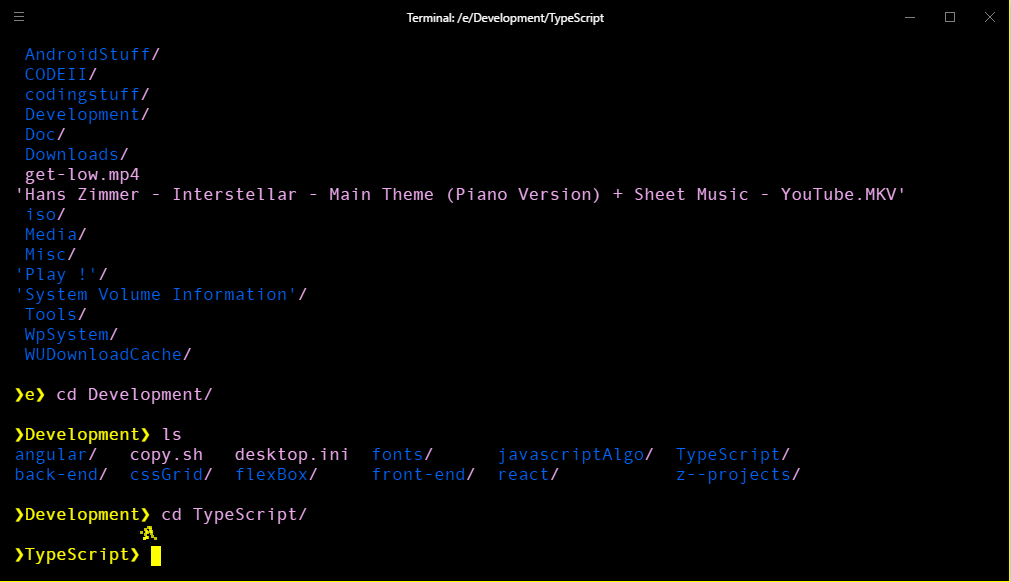Git Bash For Mac Catalina
Setting Up A Database
- Git Bash For Mac Catalina Island
- Git Bash For Mac Catalina 10.15
- Git Bash For Mac Catalina Patcher
- Git Bash For Mac Catalina Os
- There are Arch AUR packages available: mcpelauncher-msa-git mcpelauncher-msa-ui-qt-git for Xbox Live support (you need to install both), mcpelauncher-linux-git for the actual launcher and mcpelauncher-ui-git for the metalauncher (recommended).
- @MarkSetchell Git is a programming tool, so I think this is actually on-topic here (although not necessarily a good question). – Joseph Sible-Reinstate Monica Dec 21 '19 at 6:06 add a comment.
Git Bash For Mac Catalina Island
Open the Start menu by clicking on the Windows icon and typing “Git Bash” into the search bar. The icon for Git Bash and the words “Git Bash Desktop App” will appear. Click on the icon or the words “Git Bash Desktop App” to open Git Bash. A new window will open. This is the Git Bash CLI where we will run Bash commands.
Git Bash For Mac Catalina 10.15
We're going to install sqlite3 from homebrew because we can't use the built-in version with macOS Sierra without running into some troubles.
Rails ships with sqlite3 as the default database. Chances are you won't want to use it because it's stored as a simple file on disk. You'll probably want something more robust like MySQL or PostgreSQL.
There is a lot of documentation on both, so you can just pick one that seems like you'll be more comfortable with.
Git Bash For Mac Catalina Patcher
If you're new to Ruby on Rails or databases in general, I strongly recommend setting up PostgreSQL.
If you're coming from PHP, you may already be familiar with MySQL.
MySQL
You can install MySQL server and client from Homebrew:
Once this command is finished, it gives you a couple commands to run. Follow the instructions and run them:
Git Bash For Mac Catalina Os


By default the mysql user is root with no password.
When you're finished, you can skip to the Final Steps.
PostgreSQL
You can install PostgreSQL server and client from Homebrew:
Once this command is finished, it gives you a couple commands to run. Follow the instructions and run them:
By default the postgresql user is your current OS X username with no password. For example, my OS X user is named chris so I can login to postgresql with that username.